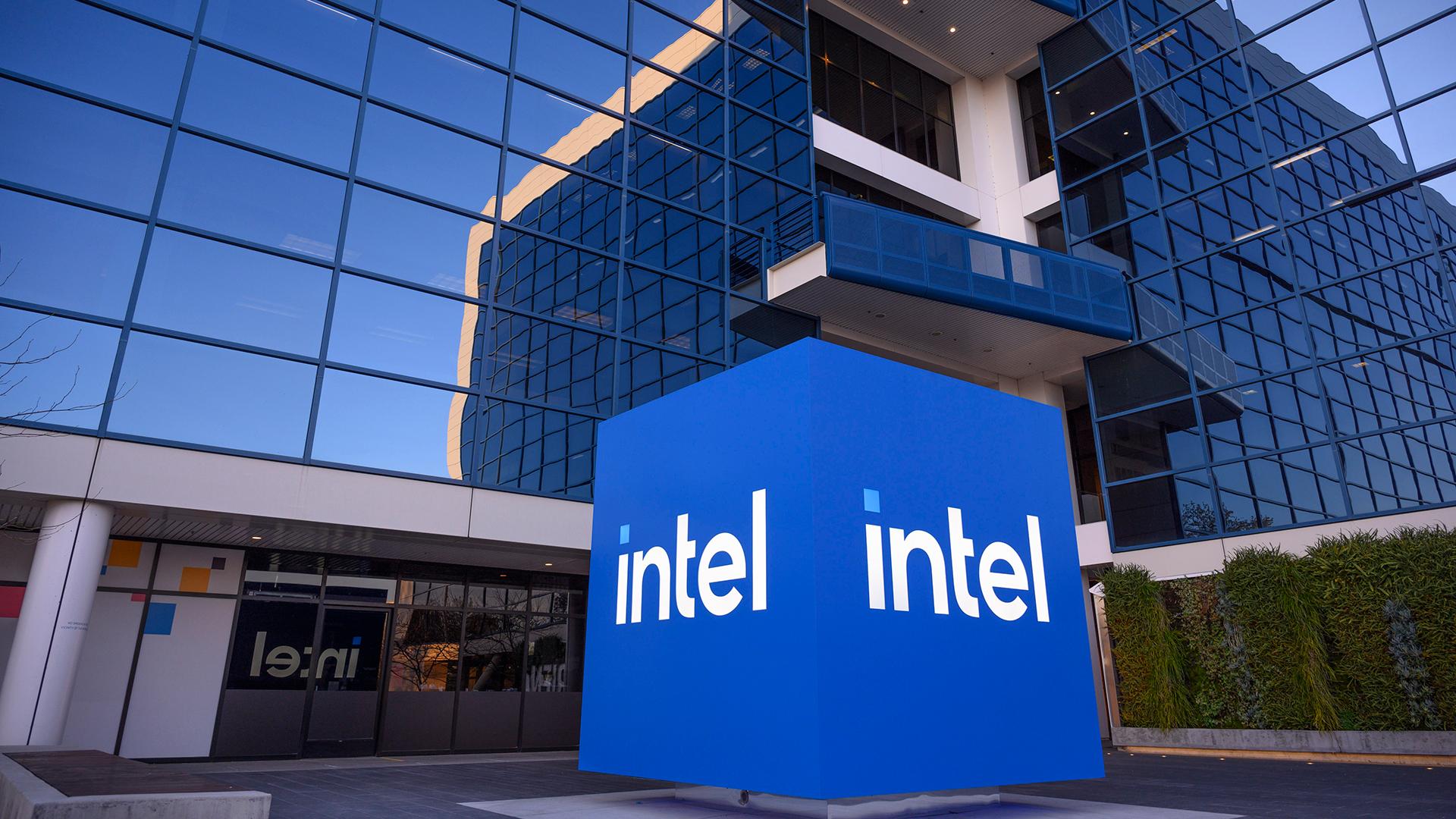Intel has recently made headlines with the unveiling of “Hala Point,” a neuromorphic computer that mimics the human brain’s architecture. This groundbreaking machine is not only the world’s largest neuromorphic computer but is also set to transform the field of artificial intelligence (AI) research.
What Makes Hala Point Exceptional?
Hala Point stands out by being powered by 1,152 of Intel’s new Loihi 2 processors. These processors collectively host 1.15 billion artificial neurons and 128 billion artificial synapses across 140,544 processing cores. This massive scale allows Hala Point to perform AI workloads 50 times faster while consuming 100 times less energy than traditional computing systems using CPUs and GPUs. This efficiency and speed are derived from its ability to perform 20 quadrillion operations per second (20 petaops).
The efficiency of Hala Point is further highlighted when compared to other supercomputers. For instance, Trinity, a notable supercomputer, also achieves around 20 petaFLOPS, but with different computing dynamics. Moreover, Hala Point’s operational efficiency in AI workloads has been impressive, achieving 15 trillion operations per watt (TOPS/W), a stark contrast to the efficiency of most conventional neural processing units (NPUs), which achieve well under 10 TOPS/W.
The Neuromorphic Approach to Computing
Unlike traditional computers that process binary data through CPUs and GPUs, neuromorphic computers like Hala Point use spiking neural networks (SNNs). These networks, resembling the human brain’s function, allow for parallel processing and integration of memory and computing power, reducing the energy required and boosting efficiency.
Prasanna Date, a computer scientist with Oak Ridge National Laboratory (ORNL), explains that in neuromorphic computing, data is processed in layers and through connections similar to neurons in the human brain. This architecture enables the machine to perform complex computations more efficiently and with less energy.
Future Prospects and Impact on AI
Intel’s Hala Point is currently deployed at Sandia National Laboratories in New Mexico, where it is being used to advance research in device physics, computing architecture, and computer science. As a research prototype, Hala Point is paving the way for future systems that might be commercially viable.
The potential of neuromorphic computers like Hala Point to support large language models (LLMs) like ChatGPT is particularly exciting. Such systems could enable LLMs to learn continuously from new data, potentially reducing the massive computational burden associated with current AI technologies.
Moreover, with the announcement from the International Centre for Neuromorphic Systems (ICNS) at Western Sydney University about deploying a similar machine, “DeepSouth,” it is clear that the field of neuromorphic computing is gaining significant momentum.
The capabilities of neuromorphic computing hold the promise of revolutionizing AI research and development, making it more efficient and accessible than ever before. Hala Point is not just a technological marvel; it is a beacon for the future of computing.





